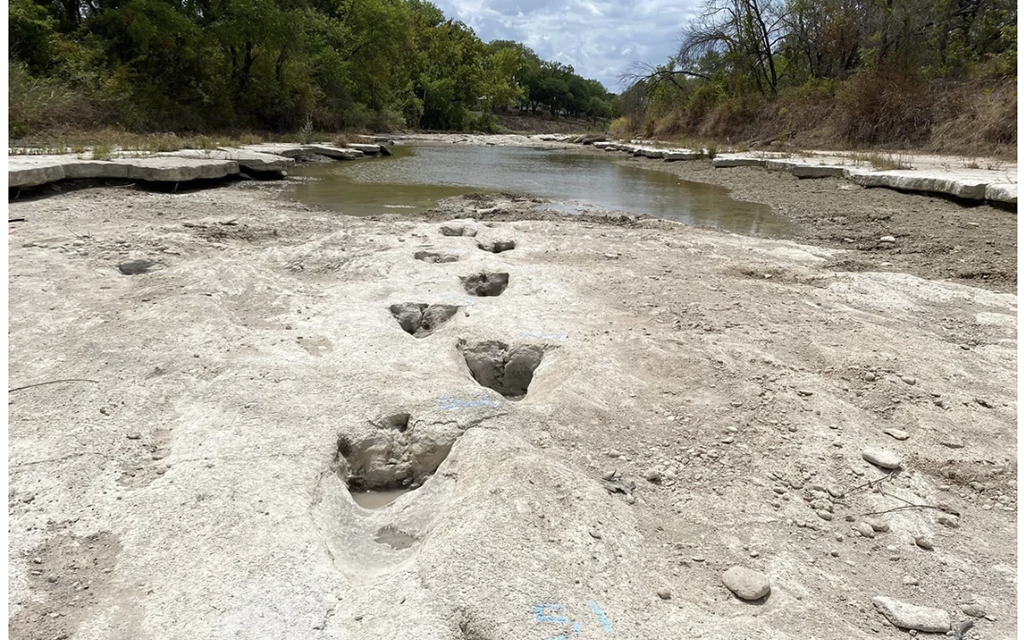by John Jefferson
The white bass are thinking about spawning. They might have even started staging in deep holes on the upper ends of creeks and rivers. They’re preparing to move into swifter water upstream or even at the base of a dam.
A friend, Bruce Munroe, told me of fishing one January below Inks Dam that forms Inks Lake. He said it was 30-degrees — cold. He swears he made 31 casts and had 30 strikes. He landed most of the 25-white bass limit before giving up to the weather. He added that icicles formed on the tip of his fishing rod.
Bruce seldom let reality get in the way of a good story. But I believed him.
However, white bass don’t walk, and this isn’t about them. But they are nearby in practically all of Texas.
One day – about twenty years ago — my wife and I were scouting for whites on the San Gabriel River upstream from Lake Georgetown. That’s a traditional place to ambush the bass going to spawn.
I was probably looking more at the water than where I was stepping. But, knowing I have walked up on cottonmouths and rattlesnakes, I probably gave a glance or two at where I put my foot down. Something caught my eye; I stopped suddenly.
I was about to step on an old footprint in the limestone. We had been to Dinosaur Valley State Park near Glenrose and had seen dino hoofprints. I hollered for Vicky to come see. She confirmed that it looked like what we had seen in Glenrose.
I looked on past the print etched in the limestone and saw three more. All four seemed to be heading in the same direction. We followed their path about fifteen feet and found a second set of four. They disappeared into the brush. All seemed to belong to the same critter.
I felt like I had found the fabled pot of gold at the end of a rainbow. Except, to a naturalist or an archeologist, this was a bigger discovery. I may be a shade tree naturalist, but nowhere near an archeologist — except my hat somewhat resembles Indiana Jones’ fedora. This was totally unexpected. Breathtaking! There was no signage nearby proclaiming “Dinosaur Tracks.” I wondered if I were the first human to find them.
There had recently been a flood on the San Gabriel, and a little dark residue remained in the tracks, making them easier to make out. I slowly turned and looked around — cautiously. Were Dinosaurs really extinct? The tracks looked somewhat fresh.
I called my friend, Billy Harrell, a native Austinite. He usually poo-pooed my findings. Surprisingly, he said there used to be a sign on Highway 183 near the San Gabriel pointing east, reading: “Dinosaur Tracks.” An arrow pointed downstream. The sign is long gone.
With Leander, right up 183, also claiming to have dinosaur tracks, it seems many prehistoric critters once roamed Central Texas.
Keep your eyes peeled and you might discover some, too.
JJ





